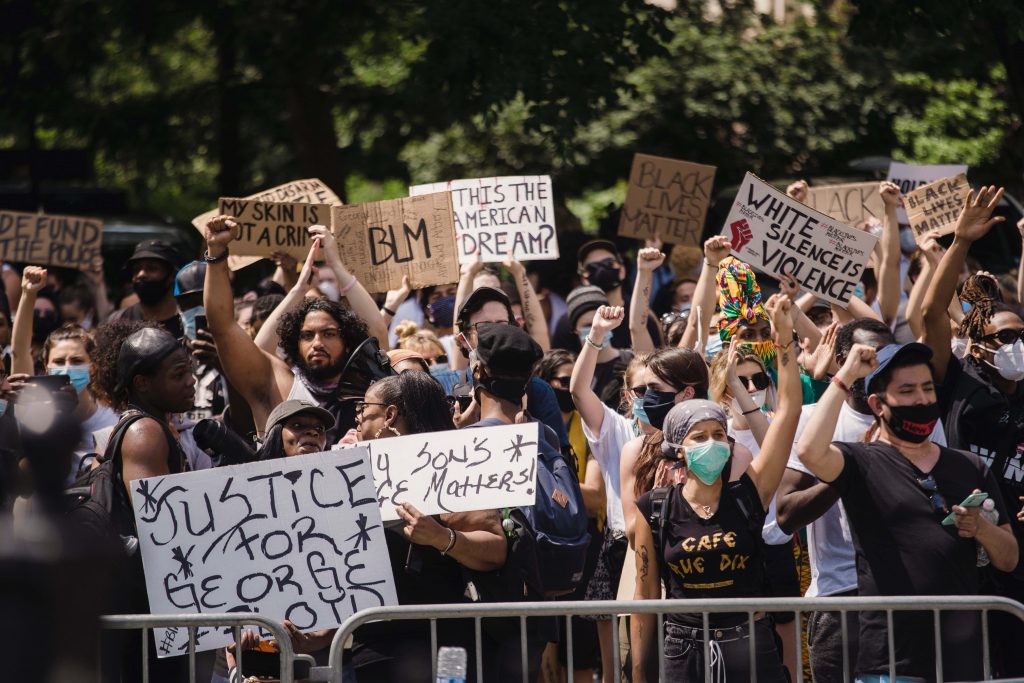So here’s the thing my friends: a whole lot is happening right now and we’re all exhausted. I hate to throw one more thing at you, but here it is: regardless of how tired we are, we still have to do the work of critical thinkers.
Information literacy isn’t just a bunch of concepts and skills we pull out of our back pockets every time we have a research assignment, it’s an absolutely essential component of who we are as citizens, thinkers, and compassionate, intelligent humans.
I’m sure you’re just as overwhelmed as I am by news and social media, but let’s chat anyways.
Let’s look at the media coming out of the Black Lives Matter protests and think about the information literacy concepts Authority is Constructed and Contextual and Information Creation as a Process. The Authority frame prompts us to ask questions like, “who created this information?” “why did they create this?” and “do I trust them?” while Information Creation makes us think, “how did they make this?” and “how am I receiving it?”

The protests have been covered in probably every mainstream media platform and format at this point, and that gives us the chance to ask some important questions.
In a newspaper article describing a protest, ask yourself, who did the journalist interview? And perhaps more importantly, who did they not interview? Maybe a protestor was interviewed, but not the protest’s organizers. Maybe the police were interviewed, but not the legal observers. Ask yourself “why them and not others?”
Compare that news article with a live video taken at a protest by a protestor. Which is more authoritative?
If we disregard how the information was created, we would probably say a well-known journalist is more authoritative than a mere bystander. Does that change when the bystander’s information comes to us via a live video? It does for me. I see a live video and I can see a small slice of what is taking place. If I read an article, I might get a broader sense of what happened, but it will be through one journalist’s lens and that of their interviewees.
This is not to say one format is better than another or that one person is more trustworthy than another, it’s merely to say that we have to do the work of pulling together these viewpoints. It’s our job to examine the protestors’ videos, the organizers’ statements, the police departments’ press releases, the volunteer medic’s Facebook posts, the legal observer’s testimony—and pull them all together to create the broadest image we can. And with that broad image in mind, we can start to get an appreciation of what the truth looks like.
Now, that’s the ideal process, it’s great when we have infinite time and energy. But creating that picture is a lot to ask when you’re already worn out from the Covid-19 pandemic, the Saharan dust cloud, the 2020 election, and the murder hornets (where did they go???).
So if you’re not up to the task of assembling a thorough picture, just ask “Who made this?” And “Who’s missing?” Two questions. Make it a habit with every social media post, every tweet, every news article, even this blog post!
Who made this? And who’s missing?*
You can do that.
By Emily Metcalf
Instructional Services Librarian
Question Asker
Generally Tired Person
*If you’d like to learn more about the voices missing in some of our academic spaces, check out our librarian Alexa’s blog post on Representation in Scholarly Communication or our archivist Kim’s blog post on Archival Silence.


